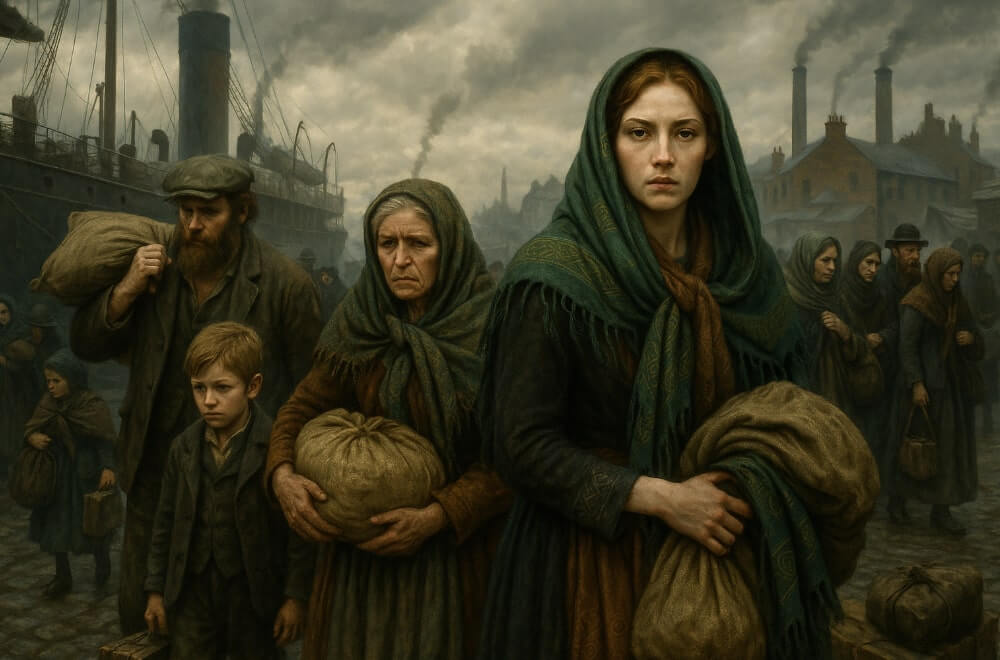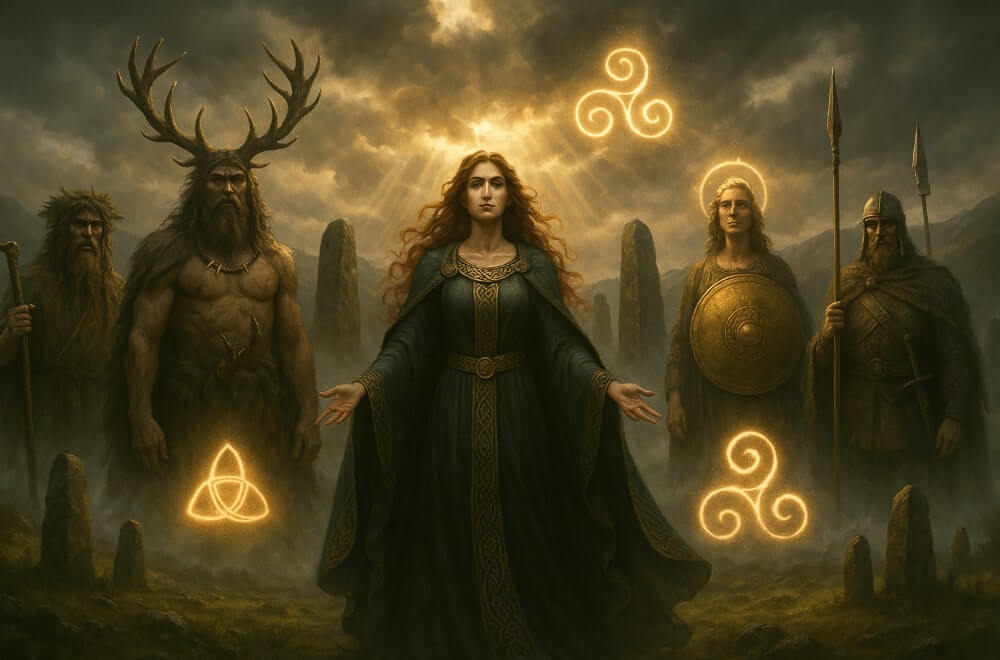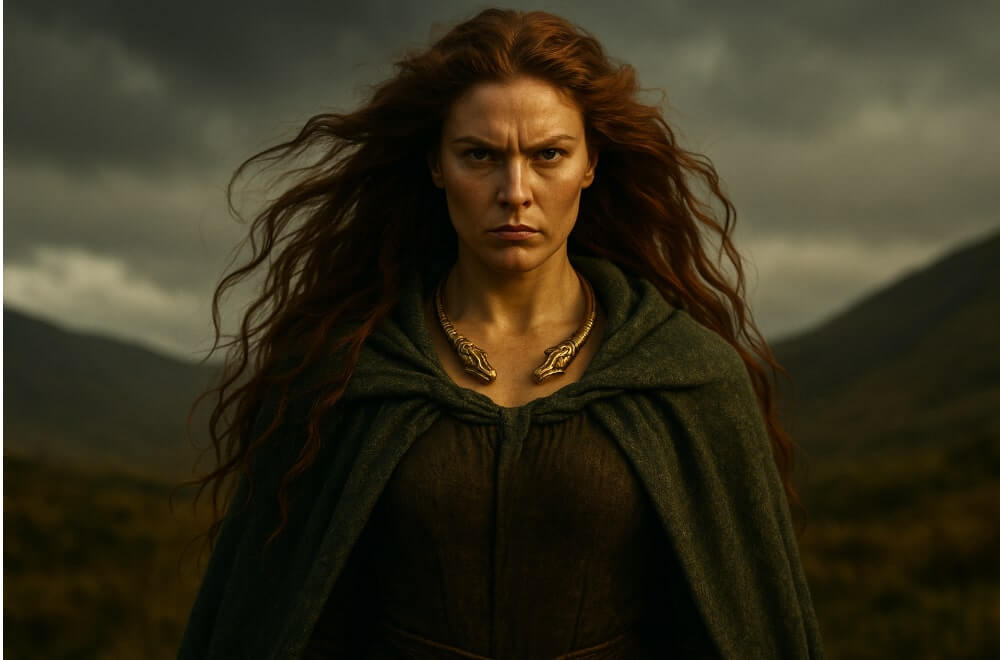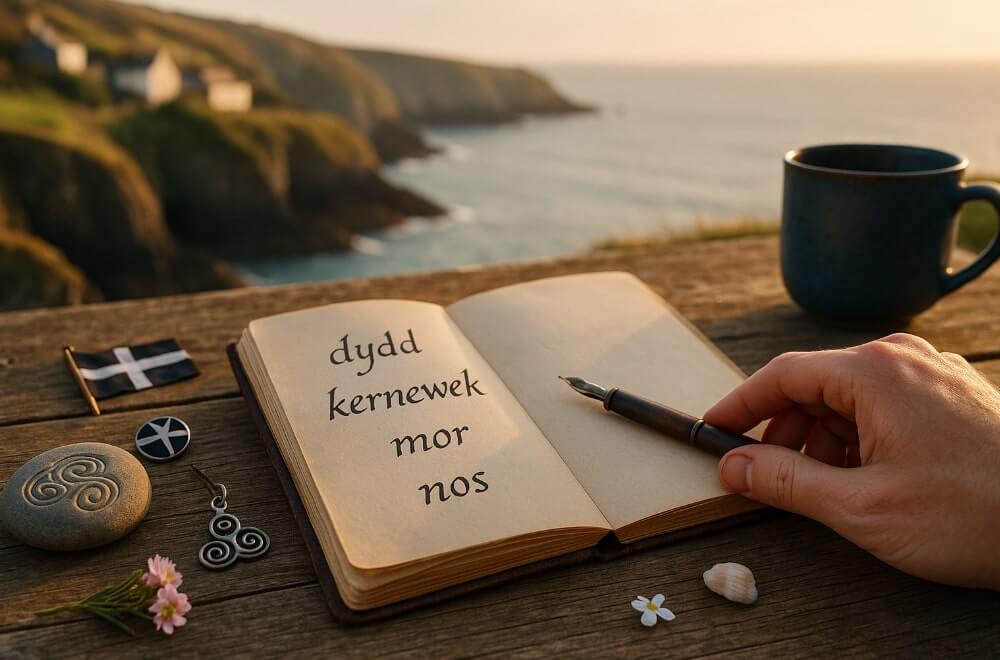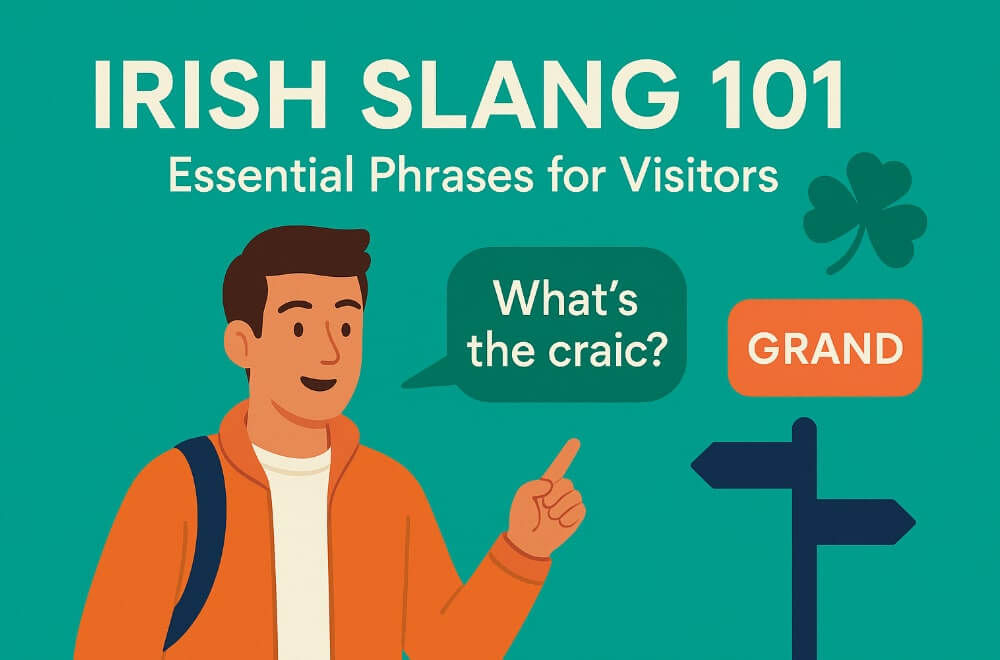Ireland and Scotland share deep cultural, linguistic, and historical ties—none more profound than the story of Irish immigration to Scotland. Over the centuries, waves of Irish migrants crossed the Irish Sea seeking opportunity, refuge, and connection. This timeline-style guide walks through the major periods of migration, their causes, and the lasting impact Irish people had on Scottish society, language, and culture.
Early Connections: Pre-1700s
Before formal records of Irish immigration to Scotland began, the two nations already shared Celtic roots. The Gaelic language, early Christian missionaries like St. Columba, and tribal movements established strong cultural bridges across the Irish Sea.
- 6th Century: St. Columba, an Irish monk, brings Christianity to Scotland from Ireland, founding the monastery on Iona.
- Medieval Period: Trade, intermarriage, and monastic ties continue to link Gaelic communities across the Hebrides, Ulster, and the western Highlands.
Though not “immigration” in the modern sense, these early connections set the stage for future movements.
18th Century: Seasonal Labor and Military Service
As economic pressures grew in Ireland, many Irish crossed into Scotland seasonally for work or as soldiers.
- 1700s: Irish laborers arrive for seasonal agricultural work, especially during harvest.
- Late 1700s: Irishmen serve in British and Scottish regiments during the Napoleonic Wars.
Many returned home after their work ended, but some remained and laid early roots in towns like Greenock and Glasgow.
1801–1844: Early Industrial Migration
As Scotland industrialized, its growing cities needed labor. Irish workers, especially from Ulster and Connacht, began arriving in greater numbers.
- Early 1800s: Shipbuilding and canal construction draw Irish laborers.
- 1830s–1840s: Poor harvests and rural poverty in Ireland push more families to migrate permanently.
By the 1840s, Irish communities were firmly established in Glasgow, Edinburgh, and Dundee.
1845–1852: The Great Famine and Mass Migration
The single most significant wave of Irish immigration to Scotland occurred during the Great Famine.
- 1845–1849: The potato blight devastates Ireland.
- 1846–1852: Over 100,000 Irish arrive in Scotland, particularly in the west and urban centers.
Key Destinations:
- Glasgow: Became home to the largest Irish community in Scotland.
- Ayrshire & Lanarkshire: Drew miners and industrial workers.
- Edinburgh & Leith: Hosted growing Irish neighborhoods.
Despite facing poverty and discrimination, many Irish immigrants became vital to Scotland’s industrial boom.
1860s–1900s: Consolidation and Community Building
After the famine, Irish communities became more organized, building cultural and religious institutions.
- 1875: Establishment of Catholic parishes and schools across Glasgow and Edinburgh.
- 1888: Founding of Celtic Football Club in Glasgow by Irish Marist Brother Walfrid to raise funds for Irish immigrants.
- Late 1800s: Irish clubs, newspapers, and societies flourish, preserving Irish identity.
Irish immigrants also became politically active, supporting labor rights and Irish Home Rule.
20th Century: Identity, Integration, and Legacy
Throughout the 20th century, the descendants of Irish immigrants continued to influence Scottish culture, even as assimilation increased.
- 1920s–1940s: Second- and third-generation Irish-Scots serve in WWII and shape Scottish labor movements.
- 1960s–1980s: Irish cultural pride grows amid global Celtic revival.
- 1990s–Present: Renewed interest in Irish language, music, and genealogy among Scots of Irish descent.
Cultural Impact of Irish Immigration to Scotland
The Irish profoundly influenced many areas of Scottish life:
1. Language and Names
- Irish surnames like O’Neill, Gallagher, and Murphy became common.
- Gaelic linguistic roots reinforced in western Scotland.
2. Religion
- Catholicism saw a major resurgence in urban centers.
- Catholic-Protestant tensions also emerged, particularly in Glasgow.
3. Music and Sports
- Irish folk music enriched Scottish traditional music.
- Founding of Celtic FC and influence on Scottish football culture.
4. Labor and Politics
- Irish workers fueled industrial expansion.
- Played key roles in trade unions and the Labour Party.
Common Misconceptions
- Not All Were Poor: While many Irish arrived impoverished, others brought skills and resources.
- Diverse Origins: Migrants came from both Catholic and Protestant backgrounds.
- Integration Varied: While some faced harsh discrimination, many integrated successfully and prospered.
Modern Reflections: Remembering the Irish-Scottish Story
Today, many Scots proudly trace their heritage to Irish ancestors. Irish festivals, genealogy research, and language revival continue to grow.
At Gaeilgeoir AI, we believe language is a powerful way to connect with your roots. Whether your family emigrated from Cork to Glasgow or you’re simply curious about Celtic connections, learning Irish can open a deeper understanding of this shared history.
Explore our Learn the Irish Language guide or our History of Learning Gaeilge to dive deeper.
Final Thoughts
The story of Irish immigration to Scotland is one of resilience, identity, and cultural exchange. From famine to football, Irish immigrants shaped the story of modern Scotland—and continue to influence it today.
Take the next step in your cultural journey. Try Gaeilgeoir AI for free and connect with the language of your ancestors.
